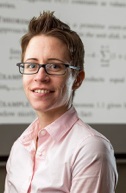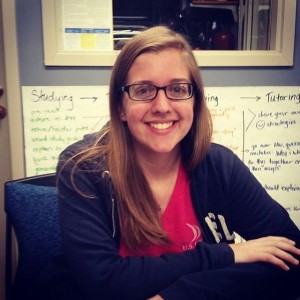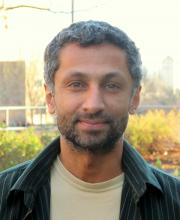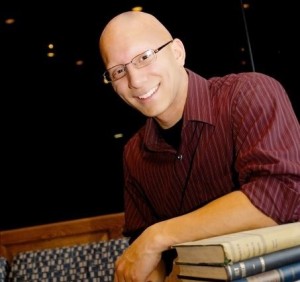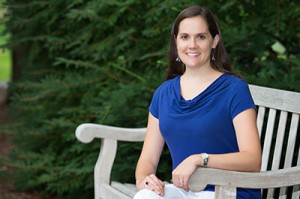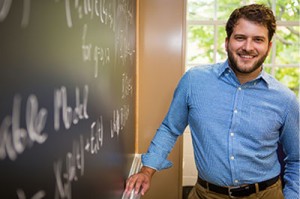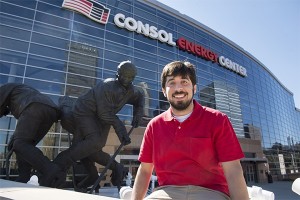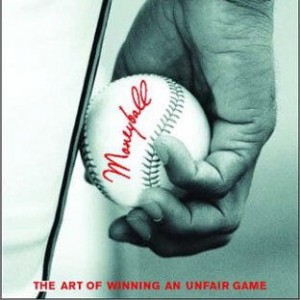Title: Mock and quantum modular forms
Abstract: Mock modular forms were first formally defined in the literature by Zagier in 2007, though their roots trace back to the mock theta functions, curious power series described by Ramanujan in his last letter to Hardy in 1920. As the overarching theory of harmonic Maass forms has progressed over the last 15 years, we have seen applications of mock modular forms in number theory, combinatorics, representation theory, and more. Zagier also defined quantum modular forms in 2010, which like mock modular forms feign modularity in some way, but unlike mock modular forms are only defined on sets of rational numbers. In this talk, we will give an introduction to and brief history of these subjects. We will also discuss an application in joint work with Ken Ono (Emory) and Rob Rhoades (CCR Princeton), in which we revisit Ramanujan’s last letter and prove one of his remaining claims as a special case of a more general result.
